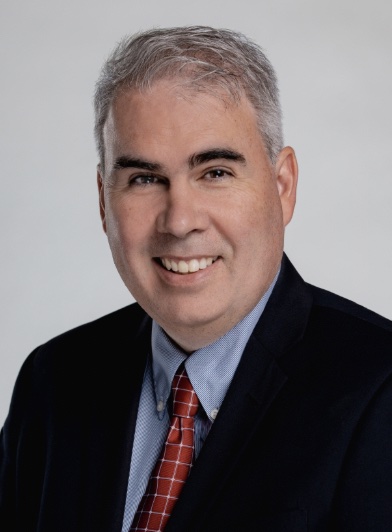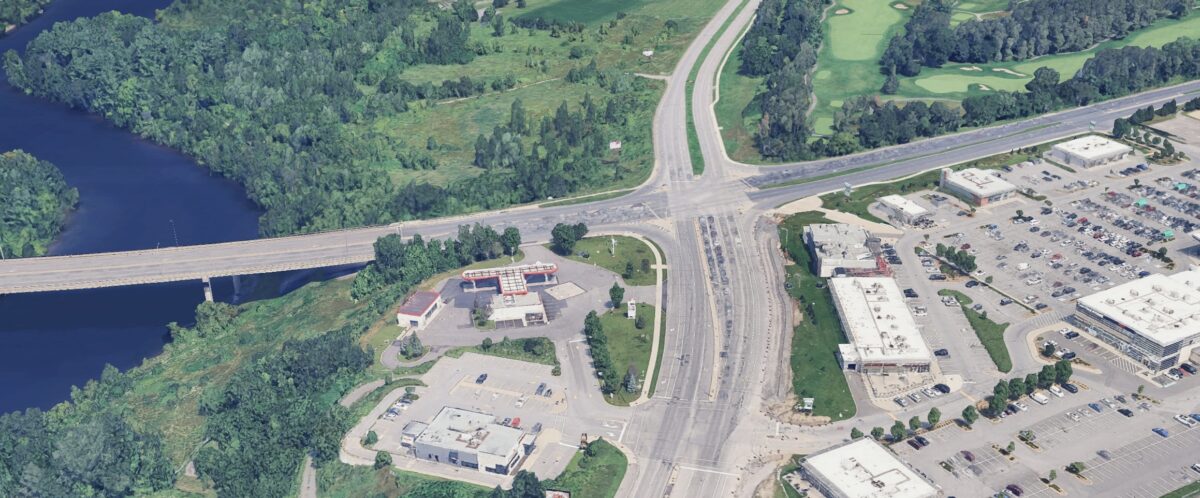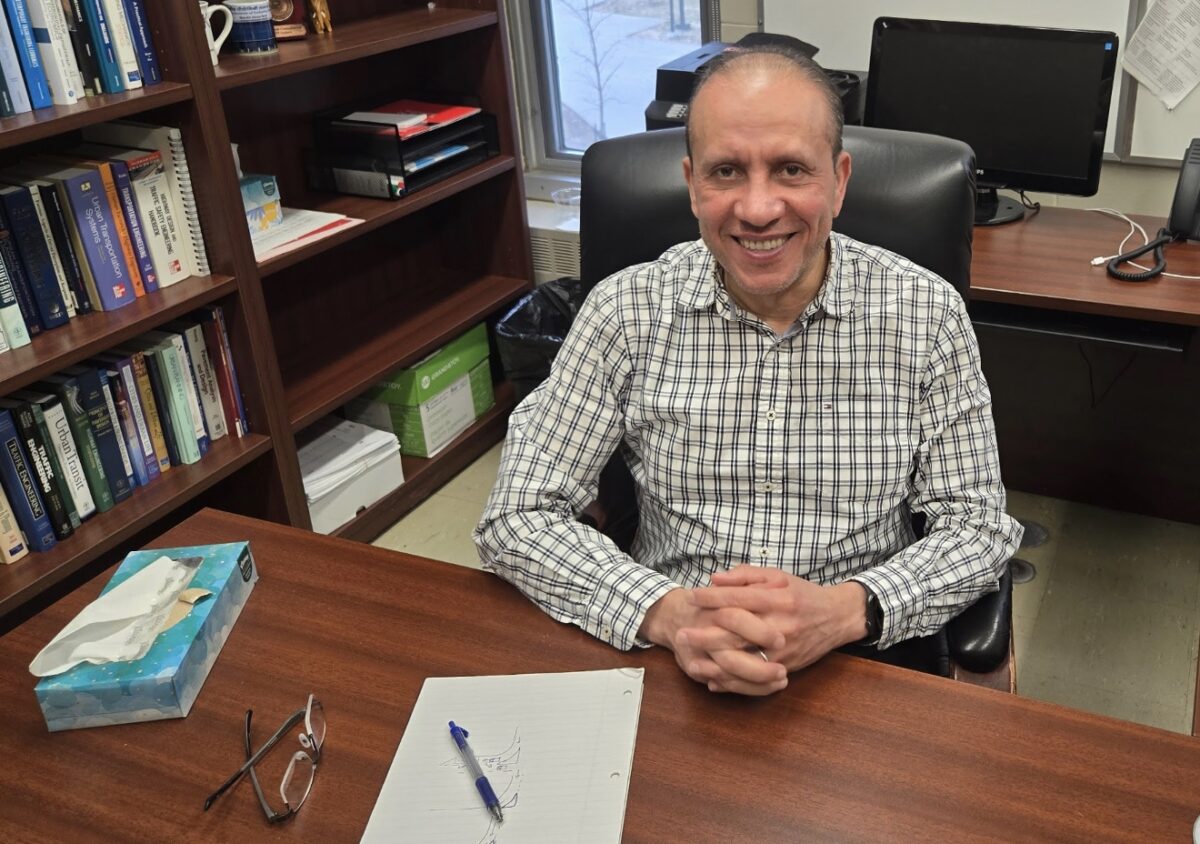An Ottawa councillor is demanding urgent improvements to an intersection in his ward that the Ottawa Police Service has identified as the most accident-prone in the city.
According to an annual report on collisions — there were nearly 20,000 in 2024, the data shows — the highest concentration of crashes occurred at the intersection of Hunt Club Road and Riverside Drive.

“We can’t keep doing the same thing over and over again,” said River Coun. Riley Brockington. “It’s not acceptable that this intersection is the top intersection year after year. We have to find out what modifications can be made to make it safer.”
Brockington said he wasn’t surprised to learn the location of Ottawa’s most accident-prone intersection where 96 collisions were reported in 2024.
According to Brockington, the Hunt Club-Riverside intersection is a repeat offender as the city’s most dangerous, motivating him to recently ask city staff about solving the problem.
“Historically, the vast majority of collisions that are happening on that intersection are from motorists that are turning from Riverside Drive onto the Hunt Club Bridge,” said Brockington. “And my understanding is as people are shoulder checking to the left to make sure traffic is clear, they are hitting the car in front of them.
“They’re minor collisions with little to no injuries, and this is really about the design of the intersection.”
It’s not acceptable that this intersection is the top intersection year after year. We have to find out what modifications can be made to make it safer.
— Riley Brockington, River Ward councillor
The police report said there were 16 injuries reported in 2024 from collisions at Hunt Club Road and Riverside Drive, the most at any intersection in the city. But the rate of injuries per accident was relatively moderate at about 11 per cent, lower than at several other intersections in the city, such as Merivale Road at Hunt Club (18.87 per cent) and Hazeldean Road at Terry Fox Drive in Kanata (15.71 per cent).
Brian Erwin, Eastern Ontario director of the Insurance Brokers Association of Ontario, said he drives through the intersection every day.

He said the accidents at Hunt Club and Riverside occur so often because of “aggressive driving and trying to beat the light. I’ve been there and witnessed it. People go through the red light.”
Additionally, he noted, the Hunt Club Road and Riverside Drive intersection is slightly skewed, allowing drivers to merge at a higher rate of speed — but at the cost of visibility.
The collision report for 2024 noted that just under 3,000 of the nearly 20,000 collisions reported last year required a police response. The report documented 18 fatalities on city streets.
Other highlights from the report:
- Most collisions occurred on Thursdays;
- There were 218 collisions involving pedestrians;
- There were 123 collisions involving cyclists;
- There were 218 collisions involving impaired drivers;
- More than 2,000 collisions occurred in parking lots where drivers left the scene;
- Nearly 16,800 collisions occurred on clear days, while weatherl events making road conditions less favourable — such as rain, fog, mist, freezing rain and snow — were factors in fewer than 5,000 collisions.
“Improving road safety and enforcing the rules of the road are significant priorities for the Ottawa Police Service,” the force said in releasing the report on Jan. 31. “Our Traffic Services Unit is dedicated to improving safety.”

Yasser Hassan, chair of Carleton University’s Department of Civil and Environmental Engineering, said he believes that intersection design can make people drive erratically because turning right is easy, but turning left is more difficult
“If you are turning right from Prince of Wales (Drive) in the morning, you find traffic is blocked, and in the afternoon, if you are turning left from Prince of Wales going southbound, and then you want to go to Hunt Club again, it is blocked,” said Hassan. “The congestion gets into the psyche of the drivers because they won’t be able to get to their destination quickly, and sometimes they take chances.”
Brockington said he thinks the problem could be solved by adding a sign telling drivers to “make sure you look all ways. It’s basic stuff you’re taught when you go to driving school. … It could be something as simple as that or maybe a flashing yellow light.”
Hassan said there are other options for reducing the risk of collisions at many intersections.
“One other thing that can be done — and the city has done it in some intersections — is changing the island design,” said Hassan.
The current island design at Hunt Club and Riverside forces drivers to check their blind spot at an angle greater than 90 degrees, leading to collisions as drivers neglect to carefully look in front of them when they see a chance to turn.
By making islands on intersections with an Isosceles triangle shape, drivers can make the turn safely without risky manoeuvres and with complete frontal visibility, said Hassan.
“Small division islands can help in making sure that you don’t get conflict in this initiating of changing movement,” he observed.





It might be noted that several of the intersections are on Hunt Club road where the speed limit is 80KM. Might be useful to reduce the speed on Hunt Club Road to 60.
City fix the most dangerous intersection? What a joke, the OPS is not doing their job. No cameras, etc. People have immunity in this city because of lack of enforcement plain and simple
It not intersection, it’s the drivers
Very interesting read. Why the dont they post much reduced speeds near intersections ??? Totally insane to watch people screaming thru intersections at 80kph and seems as its set up now they are not technically breaking the law. Nuts. Slow intersections down to 40kph and enforce it properly with speed cams AND redlight cams.